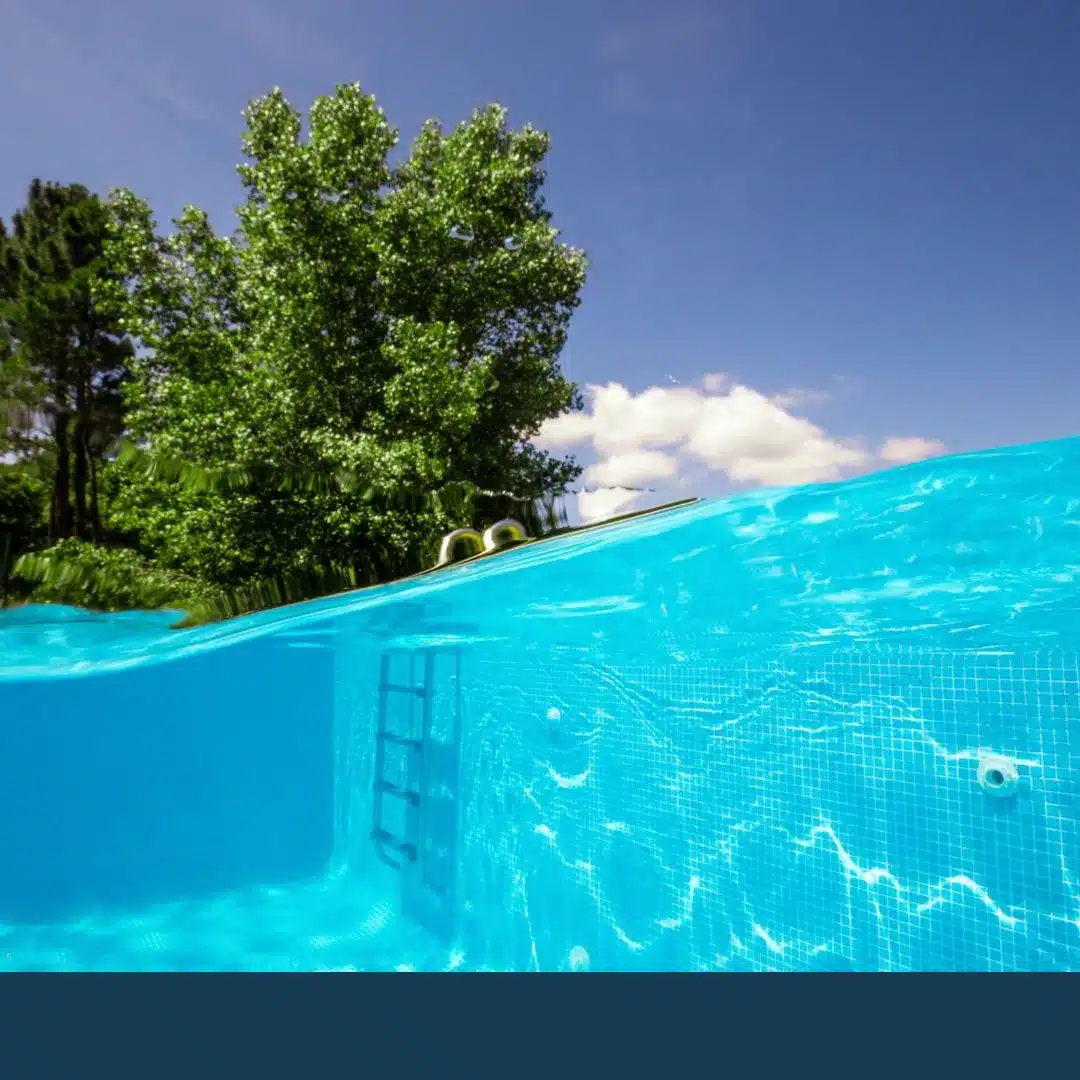Flocculant in the pool is used to maintain clear water by improving the quality of filtration when it is less efficient. It can be used as a preventive measure to maintain crystal-clear water, or as a curative measure when the water is cloudy, or as a complement to a chlorine-shock treatment to remove dead algae. To ensure the effectiveness of flocculant, a few instructions must be followed. Its dosage must be controlled to avoid overdosing. In addition, it's essential to choose a flocculant suited to the type of filter you're using (cartridge, sand, etc.).

The purpose of flocculant is to help the filtration system maintain crystal-clear water. In fact, when water filtration is not sufficiently efficient, small floating particles form. When these particles accumulate in excessive quantities, they cloud the water and impair its quality. To solve this problem, a chemical process called flocculation is needed. This process enables finer particles to come together to form larger particles, which can then be retained by the filter.
Flocculant should never be used indiscriminately and without good reason, as it is a very powerful chemical. For example, the addition of liquid flocculant prohibits swimming for 24 to 48 hours after treatment.
Here are the four situations in which the use of flocculant is relevant:
To maintain clear water when UV levels are high for several days and water and outdoor temperatures are high. This applies to a heatwave and water temperatures above 29°c.
when your filtration is not efficient enough because of the frequency of swimming.
Have you carried out a shock chlorine treatment to eliminate algae in your pool? Very often many fine particles are suspended in the water, and your filter has trouble removing them all. Flocculation is therefore a good solution to help your filtration system get rid of them.
Southern Europe is affected every year by a phenomenon that occurs during Saharan storms, which bring sand particles right into swimming pools. These particles carry germs, and it's not uncommon to see the appearance of mustard algae. The use of flocculant will then enable the sand (or algae) to be agglomerated so that they can be sucked up.
The use of flocculants is not compatible with all types of pools and filters. The first step is to choose the right type of flocculant:
Before using flocculant, it's important to measure the pH value in your pool. This is because flocculant works at an optimum pH threshold. For chlorine-treated pools, this should be between 7.0 and 7.4. Between 7.4 and 7.6 for bromine- and salt-treated pools.
If your pH is unstable or outside the indicated thresholds, flocculant will be of no use in clarifying the water. If the pH is too high, the use of flocculant causes a foamy reaction and clouds the water. The first priority is to correct any pH problem before clarifying your pool water.
The quantity of flocculant to use depends on two parameters: the volume of your pool, of course, but above all its packaging. Here are the different types of flocculant packaging available:
This flocculant is also known as a flocculating sock, and provides slow diffusion and preventive water treatment with continuous flocculation. It is placed in the skimmer so that flocculation takes place directly when the water enters. Its slow action means that it's best used in a preventive treatment context. Generally speaking, a flocculating sock is added for 1 week to 10 days for a pool volume of between 10 and 50 m3.
The tablets diffuse slowly and last over time. Tablets are used when the water seems a little less clear (as a curative measure) by placing them in the skimmer or in the pre-filter of the filtration pump. This type of conditioning is more commonly used in medium to large-sized pools. Depending on the brand and dosage, 1 x 20g tablet is required for 50 m3 of water, or 1 x 20g tablet for 20 m3 of water.
It is used in a curative context, after a shock treatment. It is for use with sand filters only. It is poured directly into your pond, with rapid diffusion. Before pouring the liquid, remember to turn off your filtration system, then clean it thoroughly with a vacuum cleaner. Finally, restart the filtration system. The quantity of liquid flocculant to use is 0.2 liters for 10 m3 (or 1 liter for 50m3).
Unfortunately, there are no tools available to the general public to measure the flocculent content of water. The only way is to estimate it by observing the color of the water.
Unsurprisingly, an underdose of flocculant won't clarify the water as expected. If there are fine particles in suspension or on the surface, your filtration system won't be able to remove them. Without correcting the dosage, your pool water will continue to deteriorate.
Overdosing flocculant is the most common mistake. This results in cloudy water that comes back milky or whitish. If you've used flocculant and the water remains cloudy, it's possible that you've overdosed. Here's what to do:
Often confused with clarifier (recommended for diatomaceous earth or sand filters), flocculant is a chemical that helps to agglomerate fine particles so that your filter can suck them up. You need to choose the right flocculant according to the type of disinfectant you use, as well as the type of filter in your pool.